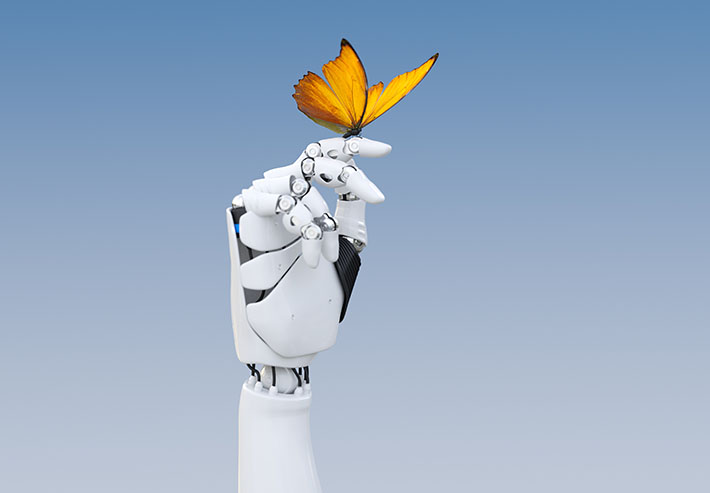
New Subcommittee Will Focus on Robotics Grasping and Manipulation
ASTM International’s robotics, automation, and autonomous systems committee (F45) has launched a new subcommittee on grasping and manipulation (F45.05).
The committee develops standards that are applicable to, but not limited to, automatic/automated autonomous vehicles, robotic arms/manipulators, and the sensors used in these systems for smart infrastructures, advanced manufacturing, logistics, and other automation.
The following task groups have been formed within the new subcommittee:
- Performance of grasping type end-effectors;
- Performance of mobile manipulators; and
- Performance of robotic assembly systems.
The performance of grasping type end-effectors task group will review a draft set of test methods and terminology developed by the National Institute of Standards and Technology (NIST) as a starting point towards the development of a unified set of terminology, practices, test artifacts, and test methods to help advance and characterize robot grasp type end-effector technologies. This effort will strengthen the development, and deployment of more-capable grasping-type robot end-effectors toward increasing the flexibility and general-purpose applicability of robots.
The performance of mobile manipulators task group will develop terminology, practices, test artifacts, and test methods to cover two main scenarios of mobile manipulator coordination: 1) static/indexed mobile manipulator performance (after docking at one out of potentially numerous locations, the mobile base remains stationary while the manipulator engages in an assembly operation); and 2) dynamic performance (both the mobile base and manipulator are in continuous, simultaneous motion), with the latter scenario being essential for representing large-scale work volumes.
And finally, the performance or robotic assembly systems task group will review current NIST work to develop a set of performance metrics, test methods, and associated artifacts to help progress the development and deployment of robotic assembly systems. To date, NIST has developed four prototype task board (NTB) artifacts that replicate small part manufacturing operations. The task group will explore further development of these artifacts to support the evaluation of robotic assembly and disassembly systems.
The new subcommittee is open to the development of additional task groups focused on standards to support robotic grasping and manipulation.
ASTM welcomes participation in the development of its standards. JOIN ASTM.
 SN Home
SN Home Archive
Archive Advertisers
Advertisers Masthead
Masthead RateCard
RateCard Subscribe
Subscribe Email Editor
Email Editor